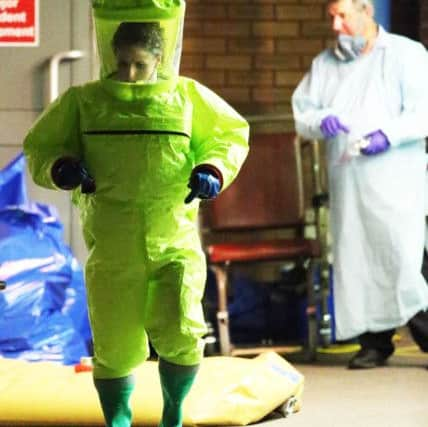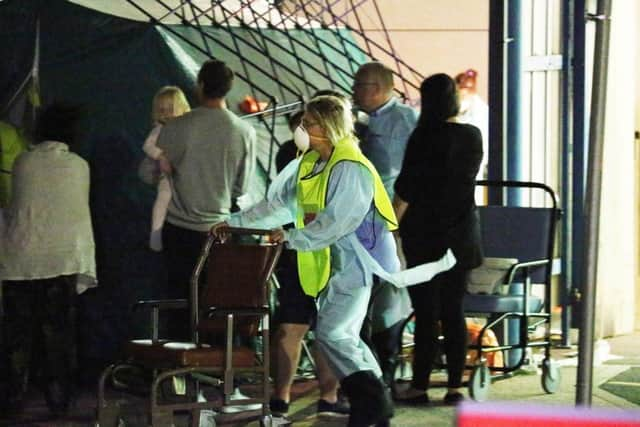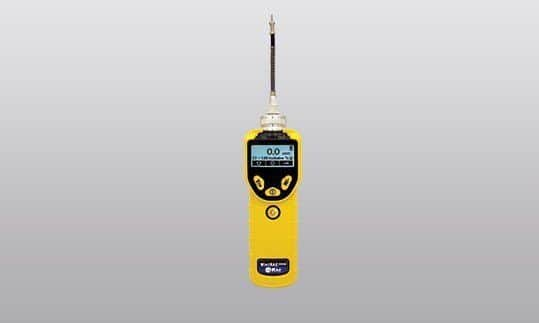Birling Gap toxic haze: New equipment could identify gas


The beauty spot was paralysed by a strange chemical mist in August 2017, which caused vomiting, streaming eyes, and people to have difficulty breathing.
A major incident was declared at Eastbourne DGH as around 150 people needed emergency care.


Advertisement
Hide AdAdvertisement
Hide AdBut, because no sample was taken at the scene, the gas was nigh impossible to identify.
To this day it has not been revealed what it was, where it came from, or how it could have happened.
Now, new equipment is being funded by the Sussex Resilience Forum (SRF), which has made a number of recommendations should history repeat itself.


Today (January 9), the SRF released a report into the response to the incident, setting out the measures the organisation has taken.
Advertisement
Hide AdAdvertisement
Hide AdGeorge O’Reilly is Sussex Resilience Forum response chair and a group manager at East Sussex Fire and Rescue Service.
He said, “The incident at Birling Gap in the summer of 2017 was unprecedented in Sussex, and caused a significant number of people distress.
“While it is highly unlikely that another incident of its kind would occur, it is vital we are ready to respond.


“The Sussex Resilience Forum (SRF) has agreed funding for the equipment which will allow for the capture and testing of gases.
Advertisement
Hide AdAdvertisement
Hide Ad“The move is part of a range of measures which have been carried out by emergency services, local authorities and Government agencies.”
The equipment being purchased is called a Photo Ionisation Detector (PID).
It can analyse what are known as Volatile Organic Compounds (VOCs) using a library of more than 200 compounds built into the equipment.
Advertisement
Hide AdAdvertisement
Hide AdIt can also collect a sample of the VOC (gas cloud) by using a collection bag ready for further testing by experts.
The report says other lessons learned by the Sussex Resilience Forum (SRF) from the incident include:
• Identifying a ‘lead agency’ would have helped with managing the major incident
• The emergency services should test their response to a ‘mass decontamination’ with exercises
What’s a Volatile Organic Compound?
Advertisement
Hide AdAdvertisement
Hide AdVolatile organic compounds (VOCs) are emitted as gases from certain solids or liquids. VOCs include a variety of chemicals, some of which may have short- and long-term adverse health effects.
Organic chemicals are widely used as ingredients in household products. Paints, varnishes and wax all contain organic solvents, as do many cleaning, disinfecting, cosmetic, degreasing and hobby products.
Fuels are made up of organic chemicals.
All of these products can release organic compounds while you are using them, and, to some degree, when they are stored.
What do you think about this news? Email [email protected]